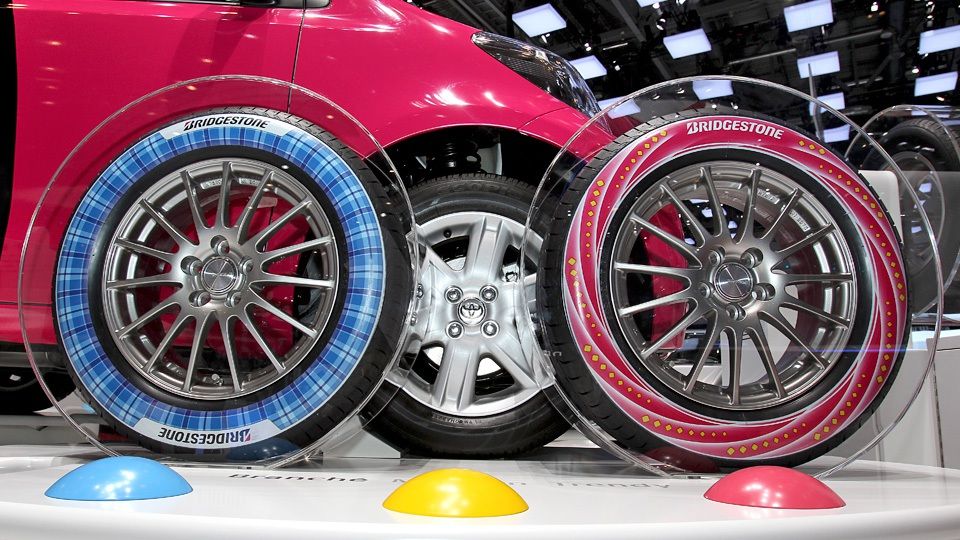Michelin's new Unique Puncture-Proof Tire System (Uptis) does away with one of the defining aspects of tires as we've known them for more than 100 years: the air inside. Unlike past attempts at airless tires, Uptis functions the way other modern tires do and, Michelin claims, will provide a similar driving experience.
Unveiled at the company's sustainable-mobility-focused Movin'On Summit in Montreal today, Uptis is a tire without a traditional sidewall that carries its load by the top thanks to a new resin-embedded fiberglass material that Michelin was granted over 50 patents for.
"The idea was to develop a technology that was strong enough to carry the load but light enough to replace the air," Cyrille Roget, technical and scientific communication director for the Michelin Group, told Car and Driver. "If you have a load on the tire and you cut all the spokes at the bottom, you will see that nothing will change, demonstrating that the load is carried by the top of it, not by the under parts." Other airless tires, he said, often carry the load at the bottom of the tire, which is very inefficient and causes extra heating due to compression.
Uptis is not Michelin's first airless concept tire. It builds on the Vision concept that was introduced at the 2017 summit meeting. That concept had four main components: it was airless, connected, could be 3D printed (or have a rechargeable tread pattern), and was 100 percent sustainable. Uptis tackles the first of those problems as part of what Roget called a "step by step" process to the tire of the future.
Michelin will test Uptis in the real world with General Motors. GM will outfit a fleet of its Chevrolet Bolt EV hatchbacks with the concept tires for road tests in Michigan later this year. Both companies said Uptis-style tires could be found on production passenger vehicles as early as 2024.
"We're focusing initially on electric vehicles because we think it fits very well with the zero-zero-zero vision," said Steven Kiefer, senior vice president of global purchasing and supply chain at General Motors, referring to the company's "zero crashes, zero emissions, zero congestion" mission. "The Bolt EV and our next-generation BEV are really the platform for that, so it's the logical first place."
The Uptis concept tires have a maximum speed of 130 miles per hour and a max load of 1102 pounds.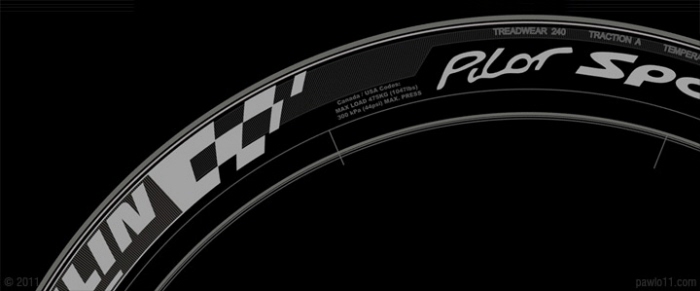 Different versions with different specs and driving characteristics will be possible, Roget said. That's the kind of work Michelin will do with GM to figure out the right structure and number of spokes, which type of rubber to put on the outside, and how to embed the fiberglass in the tire depending on the vehicle application. No matter how the Uptis ends up, it will be more stable than other tires, he said.
Different versions with different specs and driving characteristics will be possible, Roget said. That's the kind of work Michelin will do with GM to figure out the right structure and number of spokes, which type of rubber to put on the outside, and how to embed the fiberglass in the tire depending on the vehicle application. No matter how the Uptis ends up, it will be more stable than other tires, he said.
"Whatever the temperature, the profile of the tire will be exactly the same," Kiefer said. "So it's a very stable solution. No pressure check, no pressure adjustment."
Theoretically, the tread life for the Uptis is the same as a standard tire, Roget said, but in the real world it will be longer because drivers who use it will not be driving around on improperly inflated tires. "You always have the right pressure, so the tire will have a longer life," he said.
$11 at autobarn. net
net
Now 17% Off
$10 at Amazon
$160 at Amazon
Now 12% Off
$179 at Amazon
Sebastian Blanco
Contributing Editor
Sebastian Blanco has been writing about electric vehicles, hybrids, and hydrogen cars since 2006. His articles and car reviews have appeared in the New York Times, Automotive News, Reuters, SAE, Autoblog, InsideEVs, Trucks.com, Car Talk, and other outlets. His first green-car media event was the launch of the Tesla Roadster, and since then he has been tracking the shift away from gasoline-powered vehicles and discovering the new technology's importance not just for the auto industry, but for the world as a whole. Throw in the recent shift to autonomous vehicles, and there are more interesting changes happening now than most people can wrap their heads around.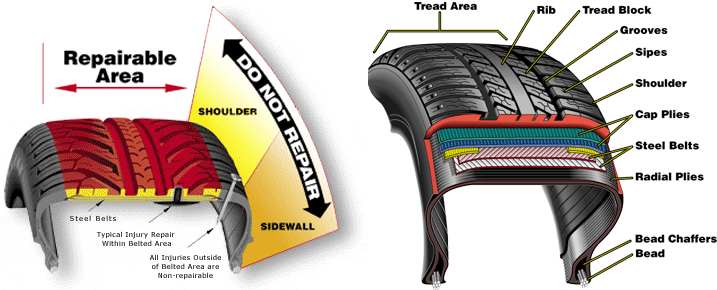 You can find him on Twitter or, on good days, behind the wheel of a new EV.
You can find him on Twitter or, on good days, behind the wheel of a new EV.
Loading...
About Benefits Michelin & GM Gallery & Downloads
The First Airless Mobility Solution for Passenger Vehicles
The MICHELIN® Uptis (Unique Puncture-Proof Tire System) is an airless mobility solution for passenger vehicles, which reduces the risk of flat tires and other air loss failures that result from punctures or road hazards.
Through Michelin's expertise in high-tech materials, Uptis is a significant development in existing airless mobility technology. Uptis eliminates the need for pressure checks, making it ideal for self-driving vehicles and passenger car fleets.
General Motors, a major global OEM and valued partner to Michelin, has signed a joint research agreement as a co-development partner, with the breakthrough goal of making Uptis a mainstream reality on passenger vehicles as early as mid-decade.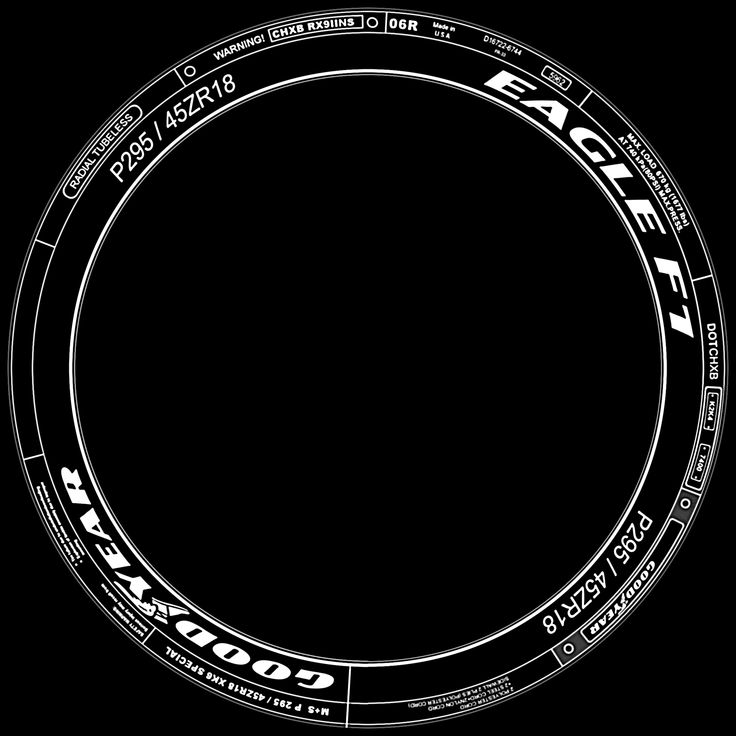
Uptis's revolutionary design and materials will yield sustainability benefits, such as reducing the number of tires that are condemned to scrap and reducing overall raw materials and energy used in tire production.
The MICHELIN® Uptis tire is an assembled airless mobility solution made accessible to passenger vehicles, which offers many advantages.
Watch Uptis 2019 Announcement Video
Car drivers feel safe and secure on the road due to the reduced risk of flat tires and other air loss failures that result from punctures or road hazards.
Fleet owners and professional vehicle drivers optimize their business productivity (no downtime from flats, near-zero levels of maintenance).
Raw material is reduced, which in turn reduces waste.
The MICHELIN® Uptis tire represents a major advancement toward achieving Michelin’s VISION concept, which includes four pillars of innovation: airless, connected, 3D-printed and 100% sustainable (renewable and bio-sourced).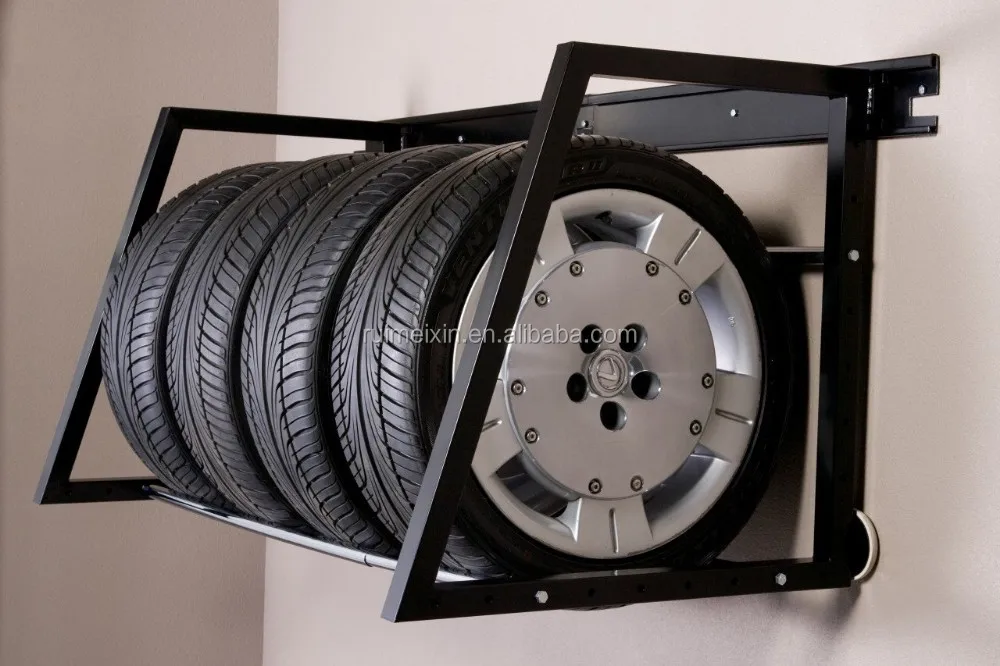
MICHELIN & GM
For Passenger vehicles
Read the press release
Airless technology enables Uptis to reduce the risk of flat tires and other air loss failures that result from punctures or road hazards. When applied to large-scale production, this characteristic means Uptis offers significant potential for reducing the use of raw materials and waste.*
12%
of tires scrapped each year due to unreparable air loss failures
+
8%
of tires scrapped each year due to irregular wear by improper tire pressure
=
~20%
of scrapped tires could be addressed by Uptis
Download Images
Download Videos
Video
Video
Video
Video
©2023 Michelin North America, Inc., All rights reserved. The Michelin Man is a registered trademark owned by Michelin North America, Inc.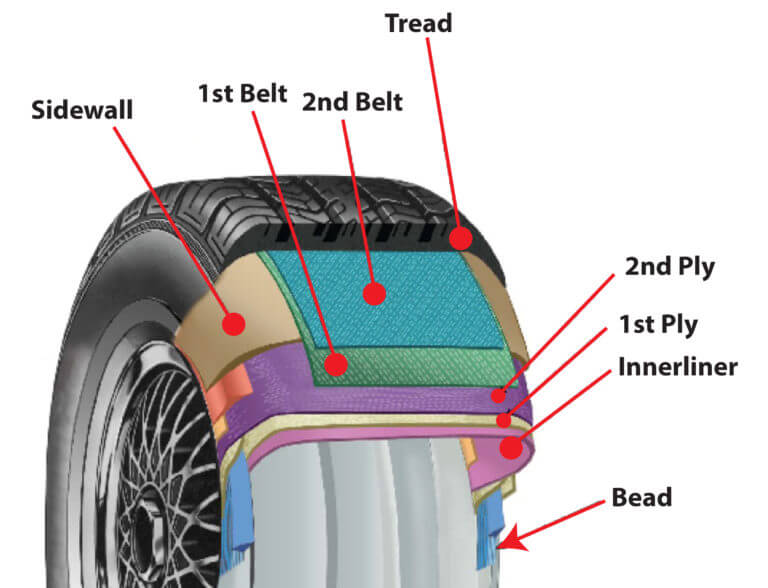 1 Parkway S., Greenville, SC 29615 USA
1 Parkway S., Greenville, SC 29615 USA
Vladimir Gavrilov
Estimated reading time: 4 minutes
9375
YouTube frame
Michelin has summed up 16 years of pioneering tire technology. Their new wheels are not afraid of damage in deep holes and cope with almost all punctures that can be found on the tracks. At the same time, they do not require qualified repairs and can be repaired even by a simple driver right in the field using a screwdriver and pliers. What kind of technology is this and what prospects does it promise motorists?
According to Michelin research, more than 20% of tires are scrapped in their first year due to uneven wear and unrepairable punctures and cuts.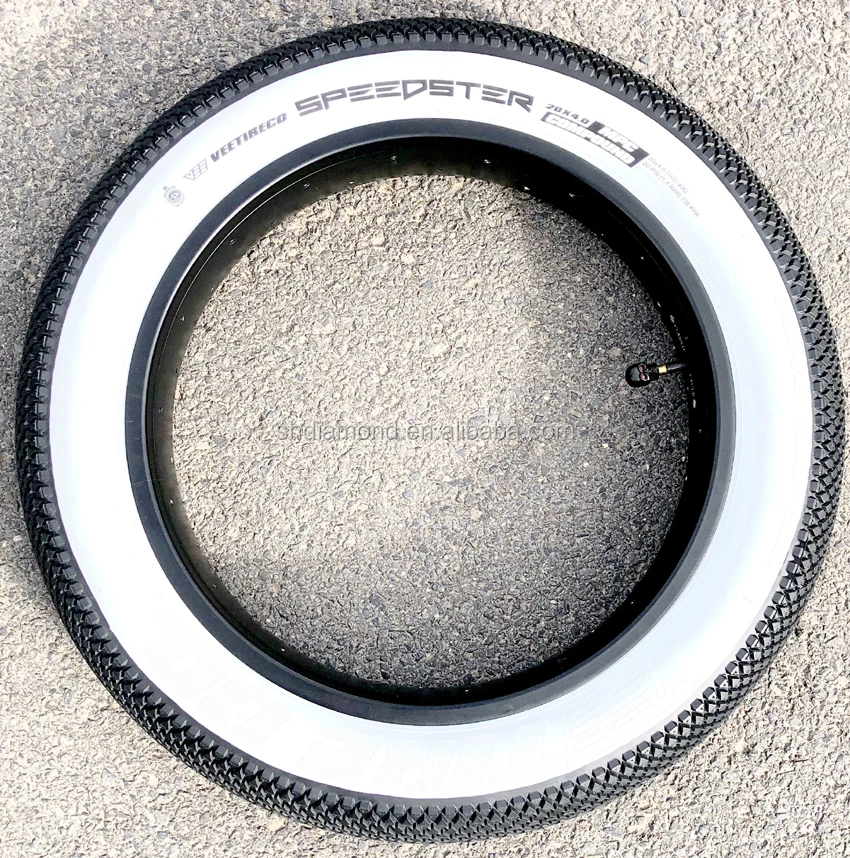 Motorists punch them in pits, put hernias or get deep damage on repaired roads with the top layer of asphalt removed. Each such incident threatens with a sharp loss of vehicle controllability and an increased risk of an accident, not to mention extreme inconvenience for the driver and his passengers during repairs. In the spring, when roads are most prone to seasonal damage, motorists often damage two wheels at once, which is fraught with many hours of delay on the way and calling a tow truck. The new UPTIS (Unique Puncture-proof Tire System) technology will overcome these problems.
Motorists punch them in pits, put hernias or get deep damage on repaired roads with the top layer of asphalt removed. Each such incident threatens with a sharp loss of vehicle controllability and an increased risk of an accident, not to mention extreme inconvenience for the driver and his passengers during repairs. In the spring, when roads are most prone to seasonal damage, motorists often damage two wheels at once, which is fraught with many hours of delay on the way and calling a tow truck. The new UPTIS (Unique Puncture-proof Tire System) technology will overcome these problems.
Michelin has been working on the technology for 16 years together with the American corporation General Motors. As a result of research, more than 50 inventions have been patented regarding the working structure of the wheel. The design of the tire contains an internal and external power frame, which is dressed on the wheel rim. Between the tread and base you can see intricately shaped curved cells that support the outer carcass and absorb pressure.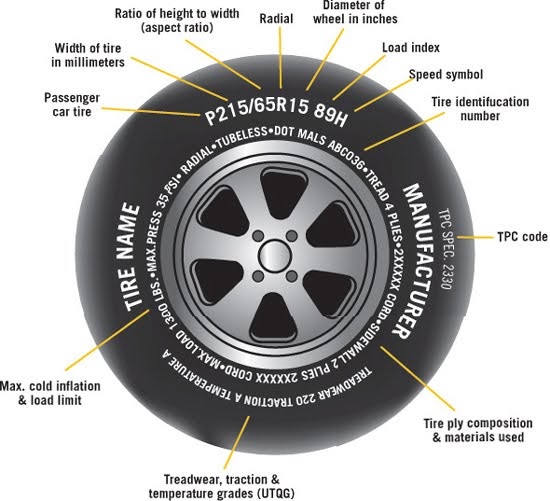 Due to the elasticity, they create the necessary resistance to inertial and gravitational loads that affect the tire while driving. The design uses special materials, specially designed for each element of the structure. The core of the jumpers is a polymeric elastic base, on which layers of rubber are applied.
Due to the elasticity, they create the necessary resistance to inertial and gravitational loads that affect the tire while driving. The design uses special materials, specially designed for each element of the structure. The core of the jumpers is a polymeric elastic base, on which layers of rubber are applied.
Each cell has its own crush zone, and under excessive pressure while driving over bumps, the bridges fold into a homogeneous layer, which absorbs the impact energy.
UPTIS has been tested for several years, but only recently has it been possible to achieve acceptable characteristics of airless tires, which was announced at the presentation of the prototype of the production tire in the spring of 2021 in Munich as part of the IAA Mobility 2021 exhibition. the wheel approaches hard sports tires. Starting in 2024, General Motors is expected to offer the novelty as an option for its electric cars.
The company highlights five key benefits of UPTIS:
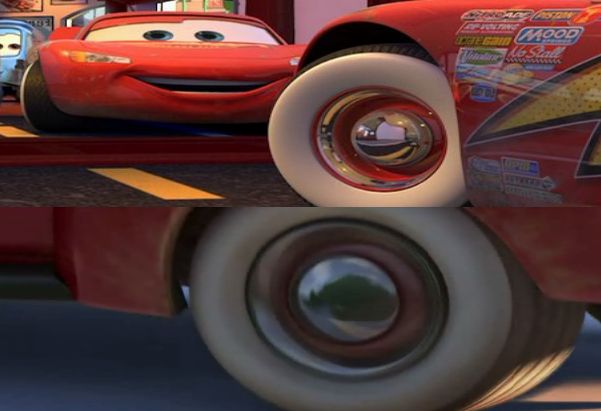
Airless tires have fundamental disadvantages that can significantly hinder their implementation. Internal filling in the form of elastic honeycombs leads to temperature restrictions on the use of wheels. In cold weather, honeycomb carcass materials lose their elasticity, and the characteristics of the tire can be distorted, which does not happen with pneumatic wheels. The production of winter versions of UPTIS will require the development of new materials for the working frame, which increases the cost of technology.
So far, to reduce weight, it was decided to make open wheels without sidewalls. This decision limits the operation of cars to the territory of cities and does not allow them to be installed on SUVs and crossovers. On off-road, the tires are likely to be contaminated with wet clay and stones, which will lead to a noticeable imbalance.
Open tires are also unsuitable for use in winter due to the risk of freezing water in the numerous honeycombs of the carcass and the occurrence of ice plugs. In this case, the wheel will collapse from the inside. For protection, sealed sidewalls will be required, which will lead to an increase in the mass of the wheel.
In this case, the wheel will collapse from the inside. For protection, sealed sidewalls will be required, which will lead to an increase in the mass of the wheel.
In general, an airless wheel should weigh much more than a conventional pneumatic tire. The inertial loads of the unsprung masses increase. Thus, it will be necessary to strengthen the suspension of the car with the installation of other rubber-metal hinges, levers, springs, shock absorbers and other elements, which makes it impossible to use such wheels on ordinary cars. Manufacturers will have to adapt chassis designs. In addition, the UPTIS wheel is non-separable and is one piece with the disc. You can't mount it on old metal disks.
Overall, Michelin and General Motors marketers are not yet talking about widespread adoption of UPTIS technology. It is not clear how buyers will accept a more expensive tire, the benefits of which are not clear enough, because in cities with developed infrastructure, punctures, cuts and punctures are rare.
Whom UPTIS wheels really suit is the military or special services operating vehicles in extreme conditions. They really need rollers that are not afraid of major damage from bullets and shrapnel.
In the meantime, UPTIS tires are being tested on Chevrolet Bolt electric vehicles at GM's Michigan proving ground. An experimental product is planned to be launched on the market by 2024.
new technology tires car damage
Next article
Media news2
Most often we ourselves are to blame for the fact that the tires become unusable. But this can be avoided.
You have never seen such tires: even the police were surprised
During use, tires can suffer a variety of damages, most of which are the fault of the driver. As a result, rubber is wasted, and since the law prohibits the use of different tire models on the same axle, you have to spend money on replacing the second tire.
The most common damage is puncture . This is the most harmless type of damage, but only if you notice it in time and repair it right away. It is absolutely impossible to drive on a flat tire, even a couple of meters! The damage caused by running on a flat tire or low pressure is catastrophic. This causes the sidewalls to deform more than they should, which is why the tire overheats, delaminates, and the carcass becomes unusable due to broken cords. As a result, the tire will have to be thrown out. In addition, the edge of the rim can also be damaged.
There are two types of punctures: with and without cord damage. To determine this, it is necessary to remove what pierced it. If the edges of the puncture tightly converge, then the cord is not damaged and it will be possible to repair the tire without removing it from the disk. Otherwise, if the edges do not converge, you will have to disassemble the wheel and make repairs to strengthen the frame from the inside.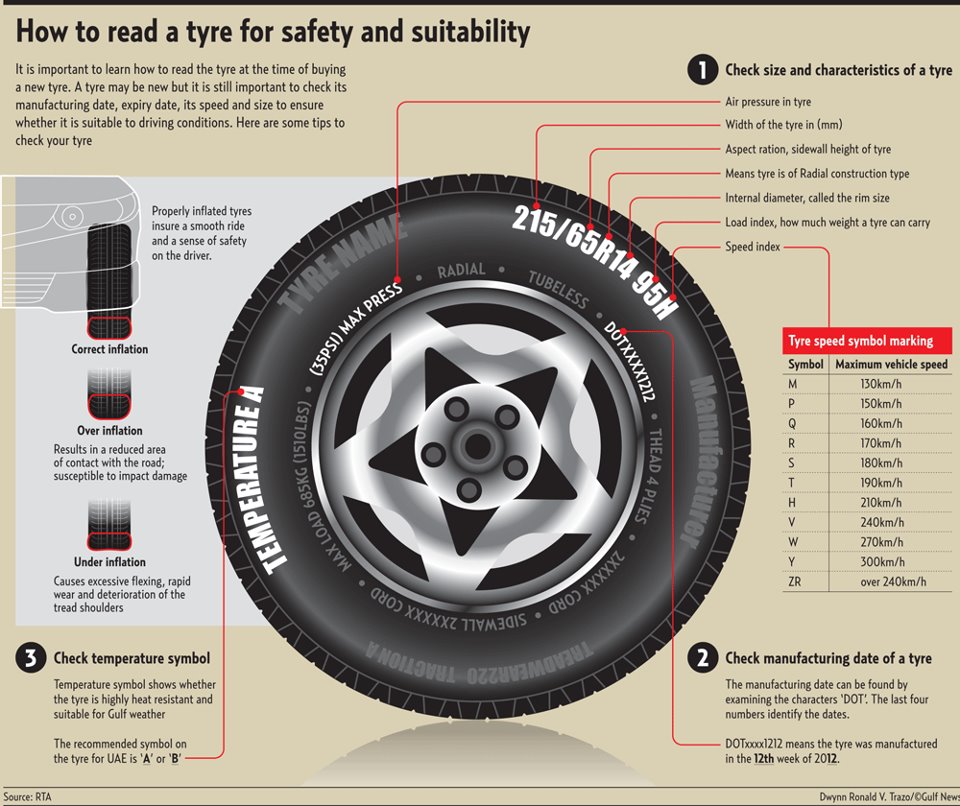 Alternatively, in the field and in the absence of a spare wheel, such a puncture can be repaired without removing the tire from the disk, after which you can carefully drive to a tire fitting or garage and make a full repair.
Alternatively, in the field and in the absence of a spare wheel, such a puncture can be repaired without removing the tire from the disk, after which you can carefully drive to a tire fitting or garage and make a full repair.
Is it possible to inflate a wheel without a compressor - the experiment "Behind the wheel"
When repairing, the puncture site must be cleaned and marked. Further, it all depends on what kind of repair kit you have - as a rule, instructions are attached to them. There are sealants that are poured into the tire through the nipple, after which the wheel turns with the puncture down and the substance seals the hole. Repair with a tourniquet or insert is somewhat more complicated, but also more durable: the edges of the hole are polished with a special tool, after which the tourniquet treated with a special compound must be inserted into the tire through a puncture with a special awl, pulled out (not completely) out and cut flush with the surface.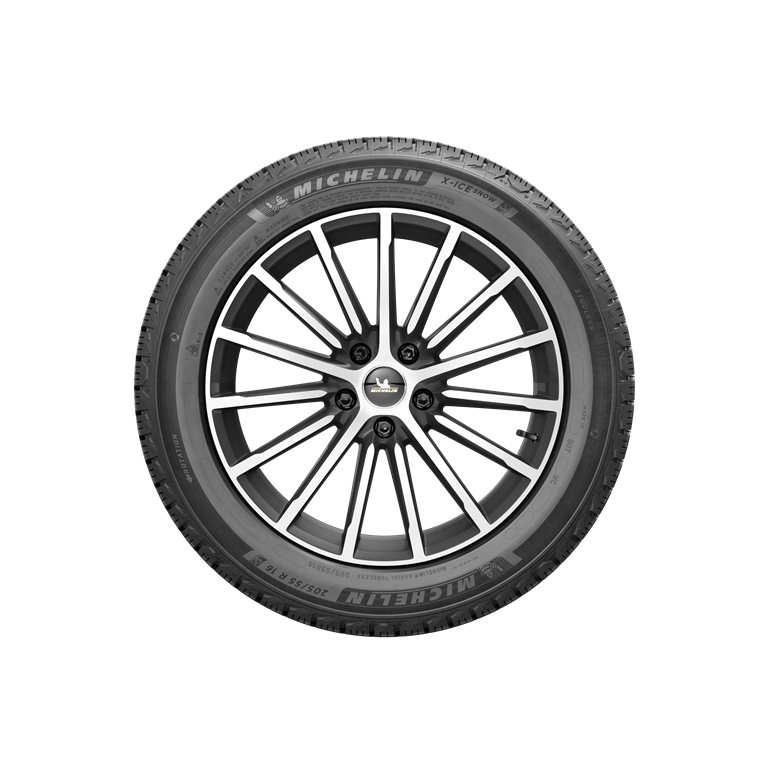
In case of cord damage due to a puncture, the tire must be removed from the rim in order to install a reinforced patch with additional cord on its inner surface. One of the sides of such patches has an adhesive layer that promotes cold vulcanization. After such a repair, wheel balancing will be required. To seal punctures from the inside, patches in the form of a mushroom are also used, with a leg that goes into the puncture. Such patches are also covered with a special adhesive composition for cold vulcanization.
Cuts or holes , unlike punctures, are not repairable, as they violate the integrity of the frame, which can no longer be strengthened. In addition, breakdowns are always sudden and occur on the go: the tire abruptly loses pressure and before the car comes to a complete stop it has time to make several turns "on the rims", which breaks the cord and destroys the layers. It is not recommended to use such a weakened tire, even if it was possible to repair and strengthen the rupture or cut, in the future.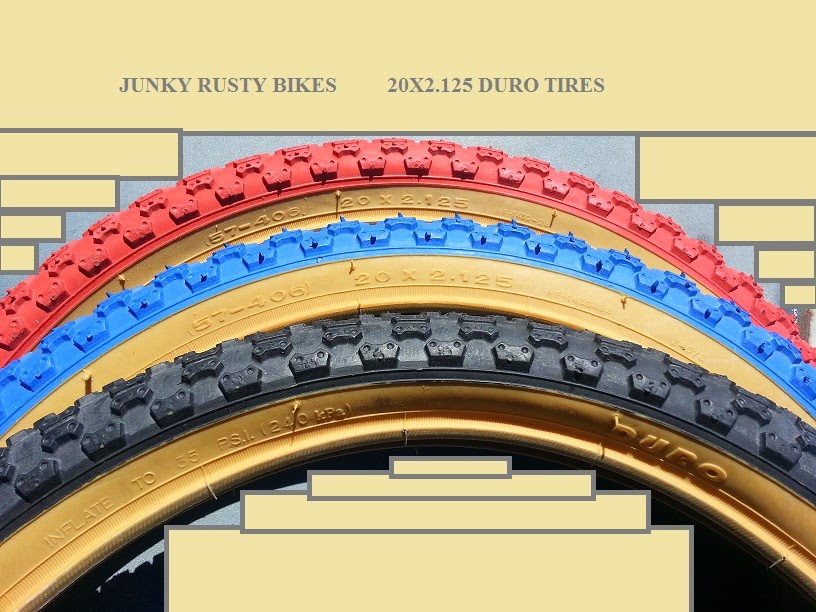
8 tire storage rules - do you follow them all?
Incorrect storage of tires can cause cracks . The danger of such damage is that moisture enters the cord through cracks, which renders the frame unusable. In addition, air can escape through cracks. Unfortunately, cracks are not repairable, and tires with them will not last long: sooner or later they will deform, become covered with swellings due to rusted and torn cord or because of driving with pressure below the recommended one.
Blisters or bulges can appear on a tire for a variety of reasons - it always happens due to a broken cord or delamination in the carcass. In the first case, an obstacle was hit and the impact broke the cord or the cord was cut through with a sharp object. In the second case, there is no damage on or near the hernia, which means that it appeared either due to a factory defect, or due to frequent driving with pressure below the recommended one.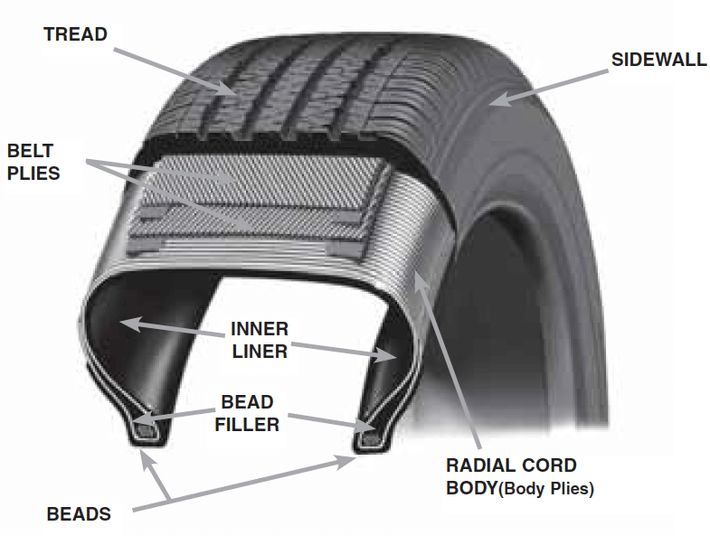 The danger of hernias is that they can explode at any time and provoke a skid, which will lead to an accident. If there is nothing to replace a tire with a hernia, then it is better to rearrange it to the rear axle and drive very carefully. Like fissures, a hernia cannot be repaired. Sometimes small blisters resulting from impacts or cuts are reinforced with reinforced patches, but there is no guarantee that the tire will not explode. Therefore, tires with hernias are recommended to be replaced immediately.
The danger of hernias is that they can explode at any time and provoke a skid, which will lead to an accident. If there is nothing to replace a tire with a hernia, then it is better to rearrange it to the rear axle and drive very carefully. Like fissures, a hernia cannot be repaired. Sometimes small blisters resulting from impacts or cuts are reinforced with reinforced patches, but there is no guarantee that the tire will not explode. Therefore, tires with hernias are recommended to be replaced immediately.
Tire blackening - 6 ways to polish your tires. Inexpensive!
Tire sidewalls can be damaged by rubbing against curbstones or the asphalt edge when driving onto the side of the road. If you are prone to such a driving style, then it is recommended to inspect the inner and outer sidewalls from time to time and, if abrasion is found, swap the wheels in order to prevent the cord from being exposed - the rubber thickness on the sidewalls is small (1. 5-3 mm), and it can be rubbed to the frame very quickly.
5-3 mm), and it can be rubbed to the frame very quickly.
Often the cause of tire damage can be poor-quality tire fitting , during which the bead ring was damaged. In this case, the tire loses its geometry and “sits” crookedly on the disk - it writes “eights” during rotation, and lateral vibration appears during the ride. It is impossible to repair such a tire - you need to replace it with a serviceable one as soon as possible, until it damages the suspension: traction, hubs and bearings.
You can find out whether you use tires correctly and what invisible damage they have received by the characteristic wear of the tread, the varieties of which are summarized for convenience in the table:
Shoulder wear on both sides
Driving with less than recommended tire pressure.
Inflate the tires to the pressure recommended by the car manufacturer (a plate with recommendations is attached in the driver's door opening) and find the cause of the fall: puncture, cracks, hernia, nipple, rust on the rim of the disc where the tire fits, etc.